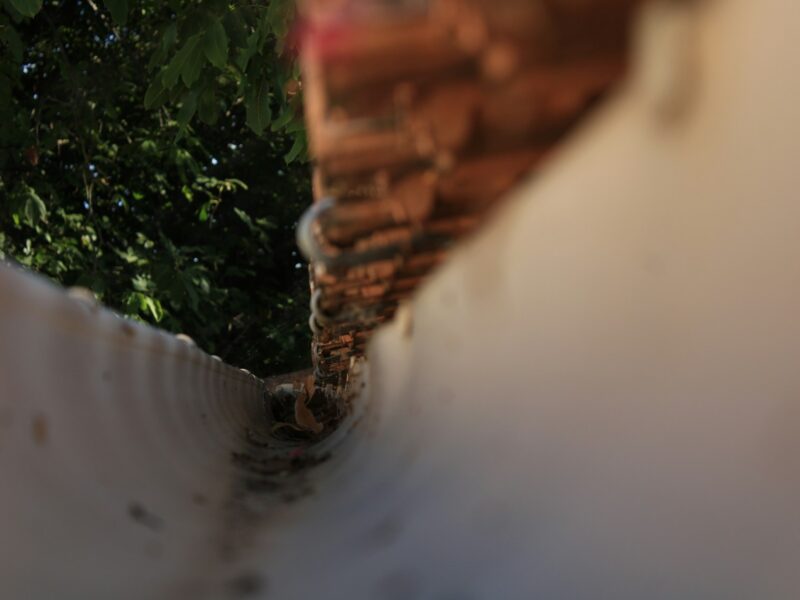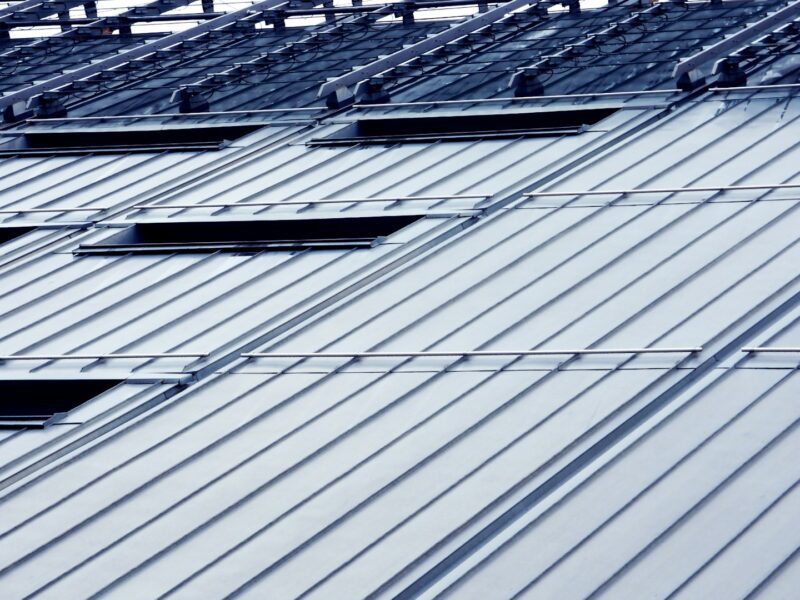Winter is here, and if you haven’t insulated your home yet, then you’re behind on preparations.
Failing to take precautions against the frosty dead of winter is practically begging for a cold draft in the middle of the night or for your heating bills to rise to an overwhelming amount. One of the best ways to ensure that your home has the highest heat retention is by installing insulation.
There are several types of insulation you can use, and it’s important to understand them in order to figure out the ideal implementation. Read on to learn specifically how to keep your home warm when the cold weather comes.
Contents
1. Foam Board Insulation
Foam board insulation is a common type of insulation used in construction. They are durable, easy to install, and excellent for air sealing. Foam boards provide insulation benefits like other materials, but they provide superior air sealing capabilities.
In addition, due to its rigid nature, it can be installed flush against surfaces which makes it a great option for waterproofing, as well as sound deadening. It is commonly used in the construction of walls, floors, and roofs, and is a great choice for attics and interior walls.
2. Cellulose Insulation
Cellulose insulation is one of the most common types of insulation used in homes and businesses. It’s one of the oldest types of insulation and is made from recycled paper products like newspaper, cardboard, and other waste paper.
Cellulose insulation is cost-efficient, non-toxic, fire-resistant, and energy-efficient. It can also help reduce noise, making it ideal for soundproofing walls and ceilings.
Additionally, it fills the spaces in walls and ceilings that fiberglass insulation can’t, providing a better insulation barrier.
3. Fiberglass Insulation
The insulation is usually made from a combination of spun glass and plastic, but can also be made from recycled materials and other plant-based fibers. It can be purchased as rolls, batting, or sheets in a variety of thicknesses.
One of its advantages is that it is non-toxic, lightweight, and easy to install. Fiberglass is also non-flammable, moisture-proof, and sound-absorbent, making it a suitable option for any building.
4. Spray Foam Insulation
Spray foam insulation is one of the most effective types of insulation in the market today. It is an attractive option if you want to install insulation in crawl space due to its greater degree of thermal protection and its ability to stop drafts and keep energy costs down in the home or business.
Spray foam insulation has earned its reputation as an energy saver due to its super-thick, closed-cell structure, which provides a Thermal Resistance (R-value) that rates much higher than other types of insulation products.
It goes beyond its superior R-value to provide superior air-flow and moisture control characteristics, thus creating a healthier, more comfortable living environment.
Learn More About the Types of Insulation Today
Insulation is an essential part of an energy-efficient building. Knowing the types of insulation available and their advantages and disadvantages can help you make the right decision for your home.
For more information, contact your local energy efficiency expert today – it could save you money in the long run!
Did you find this article helpful? Check out the rest of our blogs!



